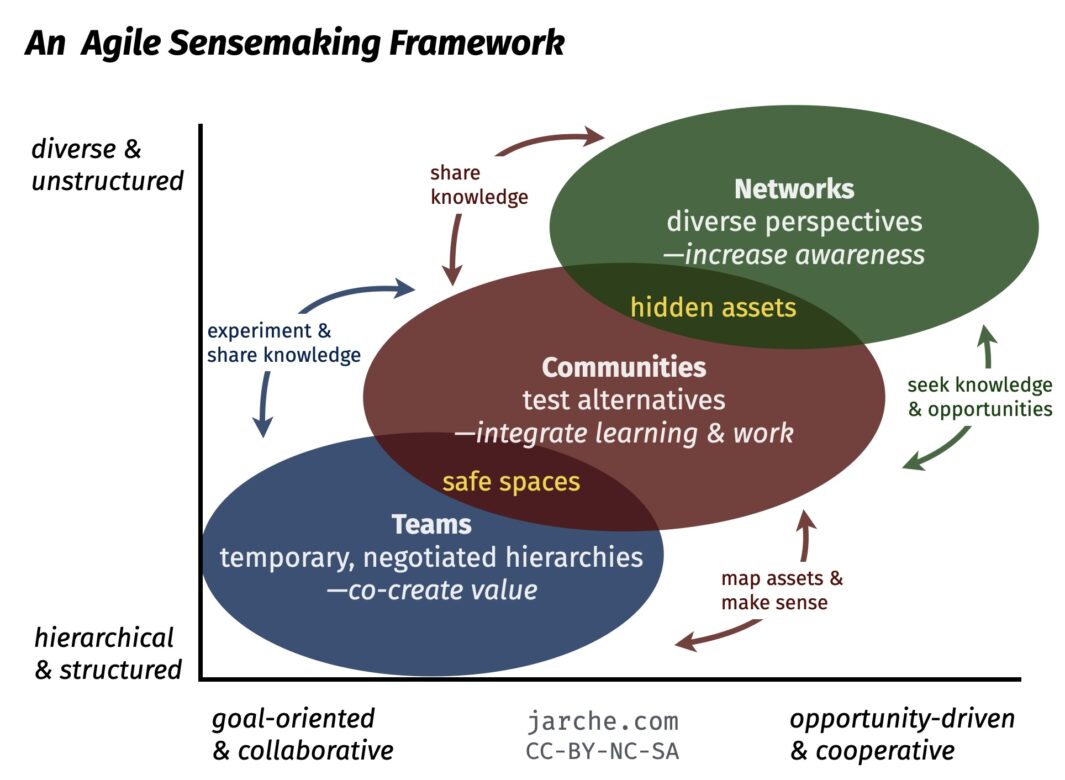Urban planning has evolved not only from practical needs but also from idealistic visions of society, often called utopian concepts. These ideas combine social, economic, environmental, and aesthetic goals to create “ideal cities” that promote better living conditions, efficiency, and civic harmony. Many of these concepts influenced modern urban and regional planning, including the Garden City, City Beautiful, and Linear City movements.
1. Utopian Concepts in Urban Planning
- Definition: Utopian planning refers to the design of ideal cities or communities based on principles of social justice, harmony, and sustainability rather than existing realities.
- Origins: Philosophers, social reformers, and architects have proposed utopian cities since ancient times. Key objectives include:
- Organized social structures
- Healthy living environments
- Integration of work, leisure, and residence
- Efficient transportation and public amenities
- Notable early examples:
- Plato’s “Republic”: Concept of a city governed by reason, justice, and communal welfare.
- Thomas More’s “Utopia” (1516): Imagined a self-sufficient community with equality, shared resources, and balanced land use.
Utopian concepts often inspired physical planning experiments, shaping real-world movements like the Garden City and linear city.
2. Garden City Concept
- Origin: Proposed by Ebenezer Howard (1898) in England as a response to industrial urban congestion.
- Principle: Combine the benefits of town and country to create a self-contained, balanced community.
- Key Features:
- Limited population: Typically 20,000–30,000 people per garden city.
- Zoning: Separation of residential, industrial, and agricultural areas, connected by efficient transport.
- Green belts: Open spaces surrounding the city to prevent urban sprawl and preserve the natural environment.
- Public amenities: Parks, schools, markets, and community centers integrated into the urban fabric.
- Influence:
- Letchworth and Welwyn Garden City (England) are early examples.
- Inspired suburban planning worldwide, promoting sustainable and planned communities.
Diagram Concept: A circular city with a central core, radial roads, residential and industrial zones, surrounded by a green belt.
3. City Beautiful Movement
- Origin: Late 19th-century United States, influenced by the World’s Columbian Exposition (Chicago, 1893).
- Principle: Integrate beauty, order, and monumental architecture into urban planning to promote civic pride and social harmony.
- Key Features:
- Wide boulevards and avenues to improve circulation.
- Monumental civic buildings like museums, town halls, and libraries.
- Parks and open spaces for recreation and aesthetic appeal.
- Symmetry and axial planning in urban design.
- Influence:
- Chicago, Washington D.C., and Denver adopted City Beautiful principles.
- Inspired urban renewal and the planning of government districts and civic centers worldwide.
Impact: Focused less on social reform than aesthetics, but improved urban infrastructure and public spaces.
4. Linear City Concept
- Origin: Proposed by Spanish urban planner Arturo Soria y Mata (1882–1920) in Madrid.
- Principle: Organize urban development along a linear axis to maximize accessibility, reduce congestion, and facilitate expansion.
- Key Features:
- Central transportation corridor (streetcar, tram, or road) along the city’s spine.
- Zoning parallel to the axis: Residential, commercial, and industrial areas arranged in strips.
- Green spaces and parks integrated along the linear route.
- Modular and expandable design, allowing cities to grow without losing efficiency.
- Influence:
- Applied in planned suburbs in Europe and Latin America.
- Inspired modern transit-oriented development and corridor-based regional planning.
Diagram Concept: A long, narrow city with a central transport axis, parallel strips for different functions, and green spaces along the route.
5. Other Notable Utopian Models
- Radiant City (Ville Radieuse) – Le Corbusier
- High-rise towers in open green spaces, emphasizing sunlight, ventilation, and traffic segregation.
- Broadacre City – Frank Lloyd Wright
- Low-density, decentralized urban model integrating agriculture and residence.
- Ecological or Sustainable Cities
- Modern extension of utopian ideas emphasizing energy efficiency, walkability, renewable resources, and climate resilience.
6. Comparative Summary of Key Concepts
| Concept | Originator | Key Feature | Focus |
|---|---|---|---|
| Garden City | Ebenezer Howard | Self-contained, green-belt, mixed-use | Health, community, sustainability |
| City Beautiful | Daniel Burnham, Charles Mulford Robinson | Monumental buildings, boulevards | Civic pride, aesthetics |
| Linear City | Arturo Soria y Mata | City along a transportation axis | Accessibility, efficiency |
| Radiant City | Le Corbusier | High-rise towers, open spaces | Modernism, function |
| Broadacre City | Frank Lloyd Wright | Decentralized low-density | Integration with nature, individualism |
7. Significance and Influence on Modern Planning
- Utopian concepts inspired planned cities, suburbs, and regional developments worldwide.
- Emphasized balance between aesthetics, functionality, and social welfare.
- Influenced modern zoning laws, public parks, green belts, transport corridors, and transit-oriented development.
- Provided frameworks for sustainable and resilient urban planning, addressing issues like overcrowding, pollution, and social segregation.
Conclusion
Utopian concepts in urban planning represent the intersection of imagination and functionality. The Garden City, City Beautiful, and Linear City models illustrate different approaches to organizing urban life: one prioritizing social welfare and sustainability, another beauty and civic pride, and the third transport efficiency and expansion. Collectively, these concepts have shaped modern urban planning, demonstrating that cities can be designed to improve quality of life, foster community, and integrate environmental and economic considerations.






















